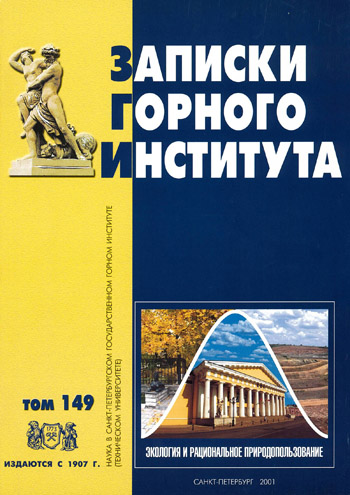Study of kimberlite fracture by electric pulse method
- 1 — High Voltage Research Institute at Tomsk State Technical University
- 2 — High Voltage Research Institute at Tomsk State Technical University
- 3 — High Voltage Research Institute at Tomsk State Technical University
- 4 — High Voltage Research Institute at Tomsk State Technical University
Abstract
Fracture by the electric pulse method occurs as a result of formation of the discharge channel until it touches the opposite electrode, release of capacitor battery energy with increasing temperature (up to 2·104 K) and pressure (up to 109 Pa), initiating the growth of main fracture cracks. Investigations of the fracture process and experimental verification were carried out on different types of ores and artificial materials and confirmed the effect of selectivity of the process, which distinguishes this method from the traditional ones. The rational area of application of the method (fine crushing of raw materials with the coarseness of 100-60 mm and above) and the nature of damage to crystals were established. The method provides preservation of diamonds, which testifies to the prospects of its application.
